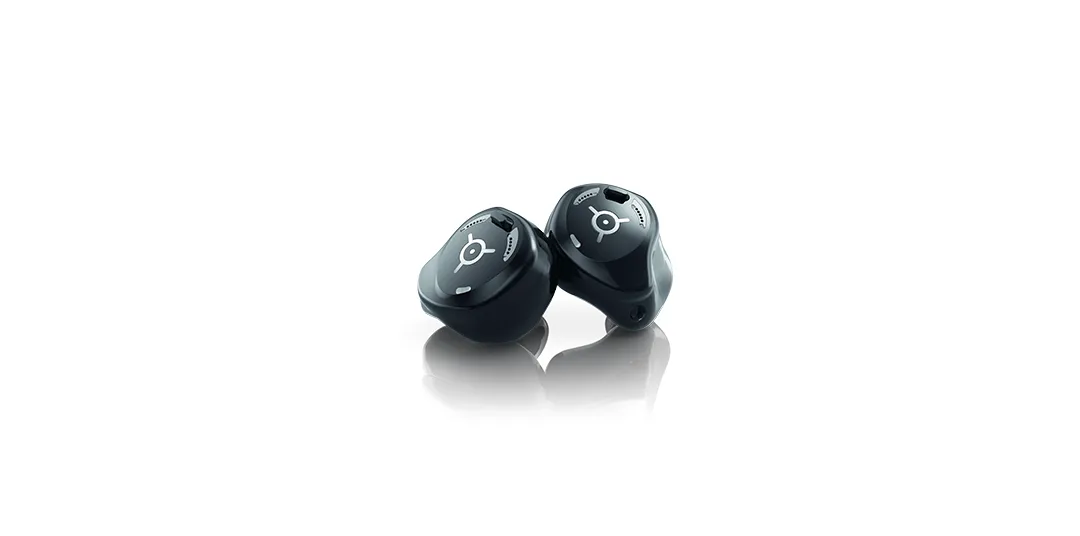Receiver-in-Canal (RIC)
Open-fit hearing aid that uses a thin plastic micro tube extending into the ear canal.
RICs are a type of open-fit hearing aid that use a thin plastic “micro” tube that extends from the body of the hearing aid (housed behind the ear) over the outer ear and into the ear canal. A small, soft tip sits inside the ear canal without sealing it. This way, air and sound can continue to flow to the ear canal naturally, reducing feelings of being "plugged up".
Description
Receiver-in-the-canal (RIC) hearing aids—also referred to as receiver-in-the-ear (RITE) or canal receiver technology (CRT)—are smaller than standard BTE models, but are easy to maneuver and can still house a variety of features. Like standard BTEs, they can be worn comfortably behind the ear. However, unlike regular BTE hearing aids, the RIC’s loudspeaker or “receiver” is located outside the housing and positioned at the end of a thin earwire, placed near the ear drum. Since generated sound only has to travel a very short distance with lower transmission loss, less sound energy (and battery power) is required to produce a superior listening experience.
Advantages
No “plugged up” feeling
Minimizes sounds of your own voice by allowing sounds to escape ear canal
Small, virtually unnoticeable casings
Nearly invisible tubing
Larger batteries for longer battery life
Disadvantages
The receiver end is vulnerable to moisture
Less intrusive placement than other hearing aid styles means it can be easy to lose them and not notice
More than half of hearing care patients are good candidates for RIC hearing aids. If your loss is in the mild to moderately severe range and you have the ability to manipulate small objects, these hearing aids may be a good option for you.



